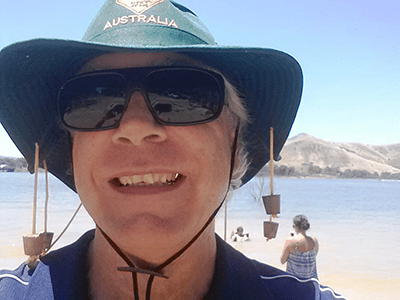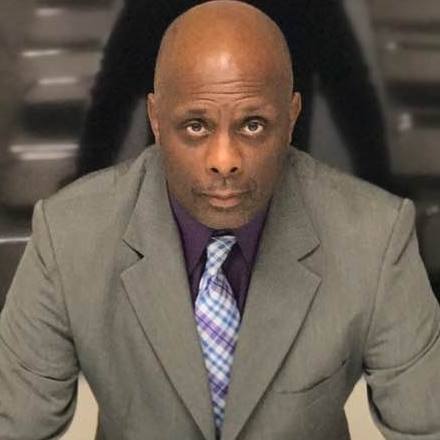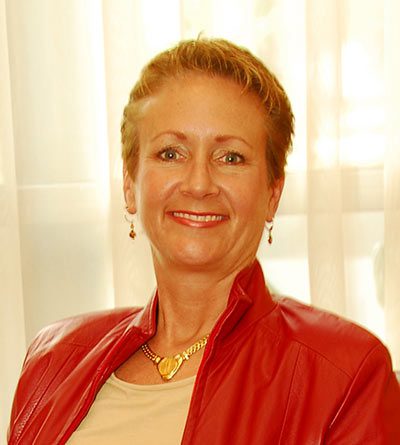Implementing a Coaching program for your sales team is an investment, but how can you be sure it’s paying off? Measuring success in coaching is about more than tracking sales numbers—it’s about tracking the behavioral and neurological changes that drive performance.
While traditional metrics like sales Growth and employee retention are crucial, neuroscience offers insights into the deeper, more meaningful transformations that effective coaching can bring. Let’s explore the most comprehensive ways to measure the success of your coaching programs.
One of the clearest indicators of a successful coaching program is sustained behavioral change. Through NeuroSelling, for example, sales professionals learn to engage different areas of their brains, improving decision-making, empathy, and negotiation skills. Over time, these mental shifts translate into observable behaviors that lead to improved performance metrics.
To measure this change, establish a baseline before the coaching begins. Observe how team members communicate with clients, how they handle objections, and how they approach complex sales cycles. Then, track changes after the coaching process to see improvements not just in sales numbers but in approach, mindset, and communication.
A successful coaching program will increase a leader’s emotional intelligence, which is a strong predictor of sales success. Studies show that sales leaders with high EQ create more cohesive teams, resolve conflicts more effectively, and generate trust among their team members.
By using EQ assessments before and after coaching sessions, you can measure improvements in areas such as empathy, self-regulation, and social awareness. Neuroscientific research reveals that higher EQ correlates with the activation of specific brain regions, such as the prefrontal cortex, responsible for self-control and decision-making.
Another way to measure coaching success is by looking at client and team satisfaction levels. As sales leaders become more adept at managing their emotions and communicating effectively, both clients and team members will notice the difference.
Neuroscience tells us that trust is built through repeated, positive interactions that engage the brain’s oxytocin system. As sales leaders coach their teams to build trust with clients, satisfaction levels rise, ultimately leading to better client retention rates and increased referrals.
The post How to Measure the Success of Your Coaching Programs appeared first on Braintrust Growth.
I come from a large Italian family. I’m number seven in the line of ten kids!
When my dad passed away some years ago, I was fortunate enough to be there as the end was coming. I was standing just to the right of his hospital bed; he was lying there with his eyes closed. All of a sudden, Dad opens his eyes. He looks up at the ceiling with a look of peace – and maybe accomplishment – on his face. Then he closes his eyes for the last time. I guess out of instinct, I reached down and kissed him on that prickly cheek one last time. My dad left a legacy in that life well lived! A legacy based on three main principles: Family, Service, and Dedication. I do what I do to carry on that legacy to the best of my ability.














































BabyBoomer.org is an online membership community created by and for the Baby Boomer Generation. Boomers, and those who service and support them, are welcome to join our community accessing all general topics.
Notifications
